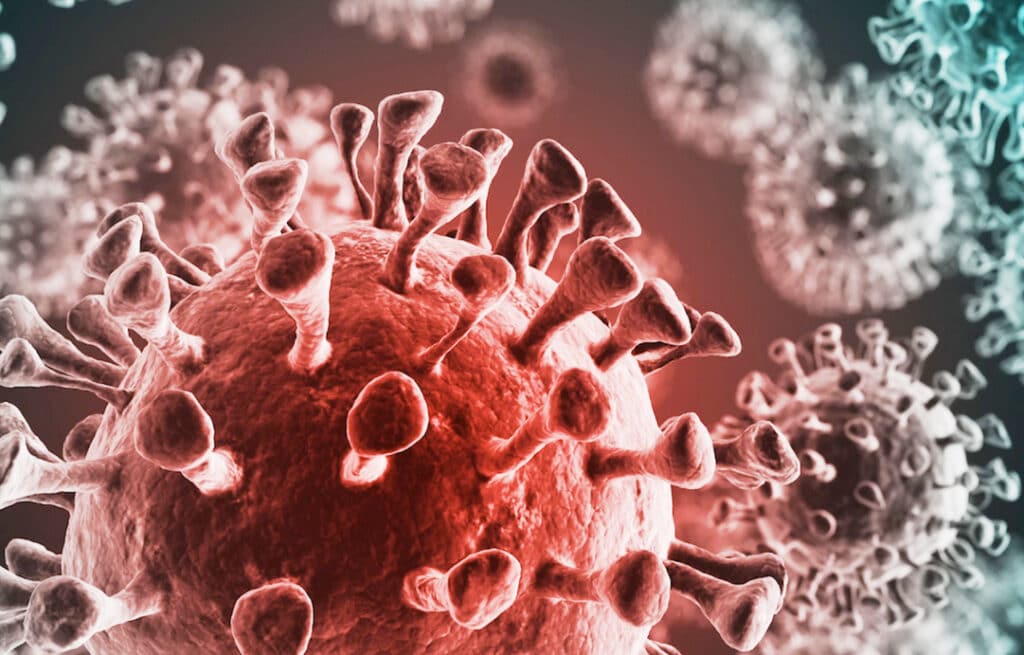Source: Michelle Fay Cortez, Bloomberg 14 September 2021, photo credit: Eyewitness News
Most people talk about the coronavirus pandemic in terms of waves, thanks in part to the way the infection has been surging and then ebbing in near perfect symmetry for almost two years. While different places get hit at different times, the pattern keeps repeating—like waves on the ocean.
I don’t like it. Here’s why: There’s no obvious end. If you’ve ever slept next to the ocean, you know that surf pounds relentlessly. That’s a vision I don’t need right now.
I prefer the rollercoaster analogy. It allows for more nuance as well. Not only will it go up and down, it can throw you for a loop. Nerves fire as you climb, not knowing exactly what’s ahead, and then a rush of release after you crest the peak. There are unexpected twists. Most importantly, at some point, it’s over. The ride comes to an stop.
My editors asked me to look into what’s next for the world as we enter the final quarter of the second year of the pandemic. It was a broad remit: talk to medical historians and infectious-disease experts, people who have studied previous outbreaks and virologists who are tracking the intricacies of this specific pathogen. And the news was not good.
Read more
The South African Pork Producers’ Organisation (SAPPO) coordinates industry interventions and collaboratively manages risks in the value chain to enable the sustainability and profitability of pork producers in South Africa.
















